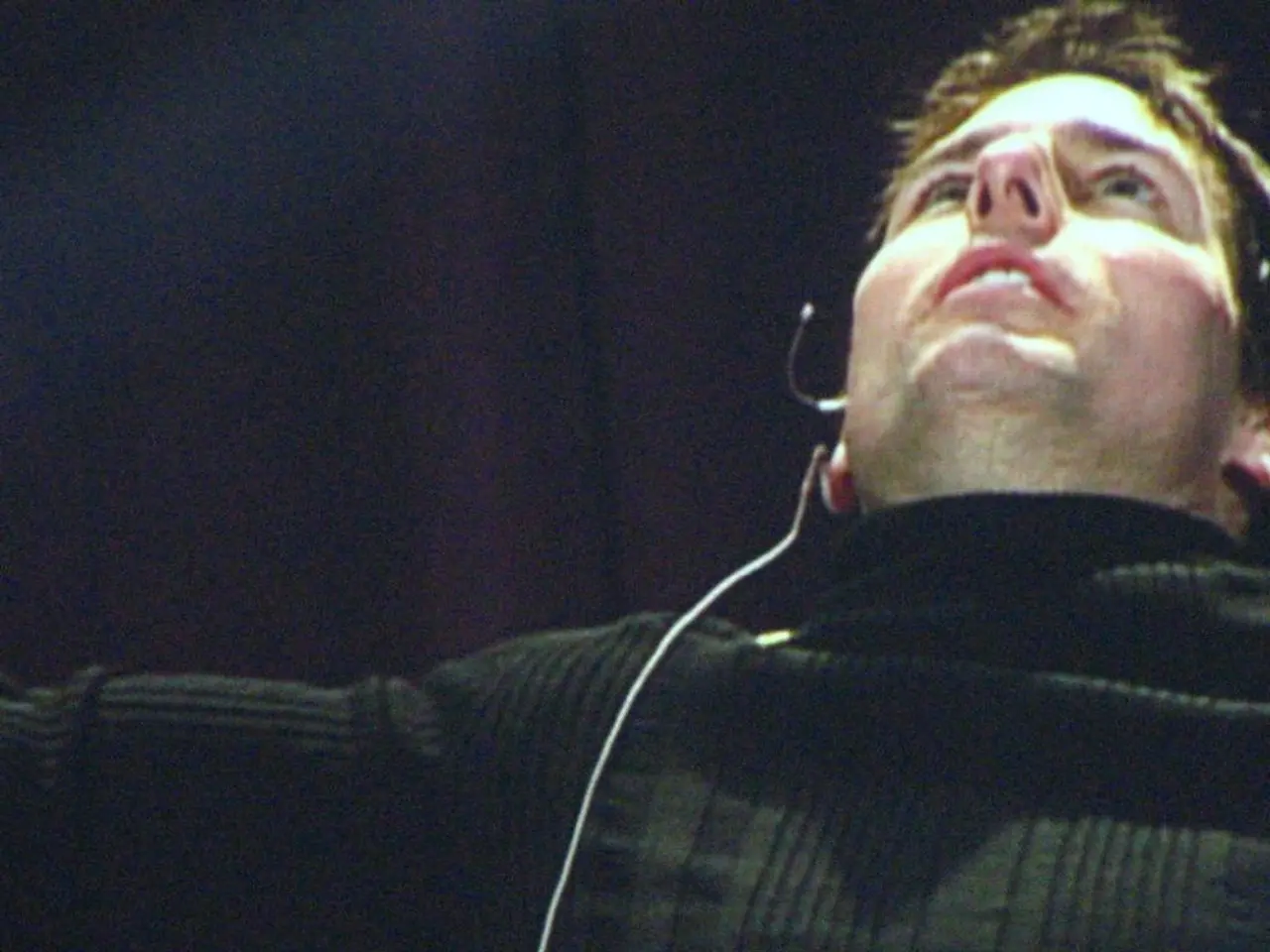Unraveling the Secret Influence of Microphone Polar Responses
In the realm of audio recording, choosing the right microphone polar pattern can significantly enhance the quality of your recordings, especially in noisy environments. Two popular patterns that excel in such situations are the supercardioid and cardioid.
Supercardioid Microphones
Supercardioid microphones, with their narrower pickup angle, provide strong side noise rejection and some sensitivity directly behind the mic. This makes them ideal for loud or noisy environments where sound bleed is a concern. However, careful placement is necessary as they pick up some sound from the rear side [1][2].
Their directional focus and high gain-before-feedback capability make supercardioids the best choice when maximum isolation is required in complex noisy surroundings [1][2][3][4][5].
Cardioid Microphones
Cardioid microphones, on the other hand, pick up sound mainly from the front and reject sound from the back and sides to a significant degree. They are versatile, easy to use, and effective in reducing ambient noise in a variety of settings, including office environments and recordings where clarity is important [1][2][4][5].
Other Polar Patterns
Other polar patterns, such as omnidirectional and figure-8, are generally less suitable for noisy environments. Omnidirectional mics pick up sound equally from all directions, while figure-8 mics pick up sound from front and rear but reject from the sides, which can still admit unwanted noise.
Specialised Microphones
Lavalier microphones, small and discreet, are often used in interviews to capture vocal clarity without obstructing visuals. Shotgun microphones, designed to pick up sound from a narrow area, minimise ambient noise from the sides and rear, making them excellent for capturing focused sound in outdoor environments or crowded spaces.
Ribbon mics, delicate and responsive to softer tones, are ideal for recording vocals and acoustic instruments in studio environments.
Specific Uses
In rooms with hard surfaces, a cardioid microphone can help reduce the capture of unwanted reflections and enhance direct sound. Bidirectional patterns work well for interviews, picking up sound from the front and back, but rejecting sound from the sides.
For group performances or interviews, an omnidirectional pattern microphone can capture sound from all directions. The supercardioid pattern offers improved on-axis pickup and greater rejection of off-axis sounds, making it suitable for live performances or broadcasting.
Adjustments for Stereo Recording
In stereo recording, adjusting microphone distance and angle can achieve the desired stereo image. The X/Y technique uses two cardioid microphones placed with capsules as close together as possible for stereo recording. Adjusting these elements can create a balanced and natural stereo image.
Comparisons
While both supercardioid and cardioid microphones isolate background noise effectively, supercardioid mics offer a better on-axis response but need more precise positioning due to their rear pickup. The supercardioid pattern is more directional than the cardioid, with a narrower front focus and small rear sensitivity. A hypercardioid pattern is even more directional, featuring a tight front focus with slightly more rear pickup.
In conclusion, whether you're recording in a noisy office, a crowded concert, or a studio, understanding the properties of different microphone polar patterns can help you make the right choice for your recording needs. Supercardioid microphones offer maximum isolation in loud or complex noisy surroundings, while cardioid microphones provide a versatile and easy-to-use solution for general noise rejection.
- In crowded concert halls or loud outdoor environments, supercardioid microphones, with their narrow pickup angle, offer greater sound isolation, making them suited for capturing focused audio in complex, noisy surroundings.
- For studio recordings that emphasize softer tones, such as vocals and acoustic instruments, ribbon microphones, known for their delicacy and responsiveness, are an ideal choice.
- Cardioid microphones, which pick up sound mainly from the front and reject sound from the back and sides significantly, are effective in reducing ambient noise in a variety of settings, including office environments and recordings where clarity is essential.
- In stereo recording, carefully adjusting microphone distance and angles can help achieve a balanced and natural stereo image, as demonstrated by the X/Y technique using two cardioid microphones placed closely together.




